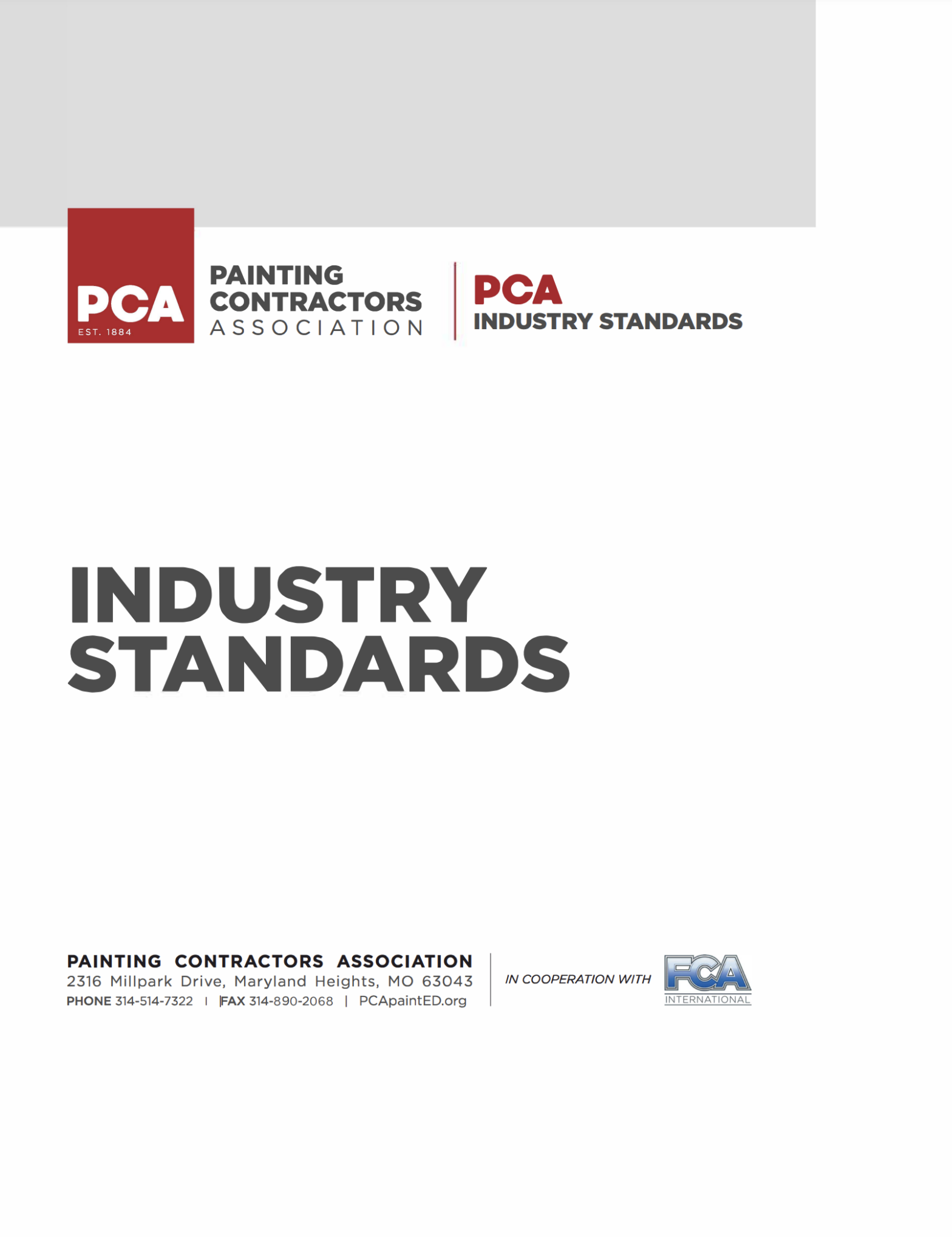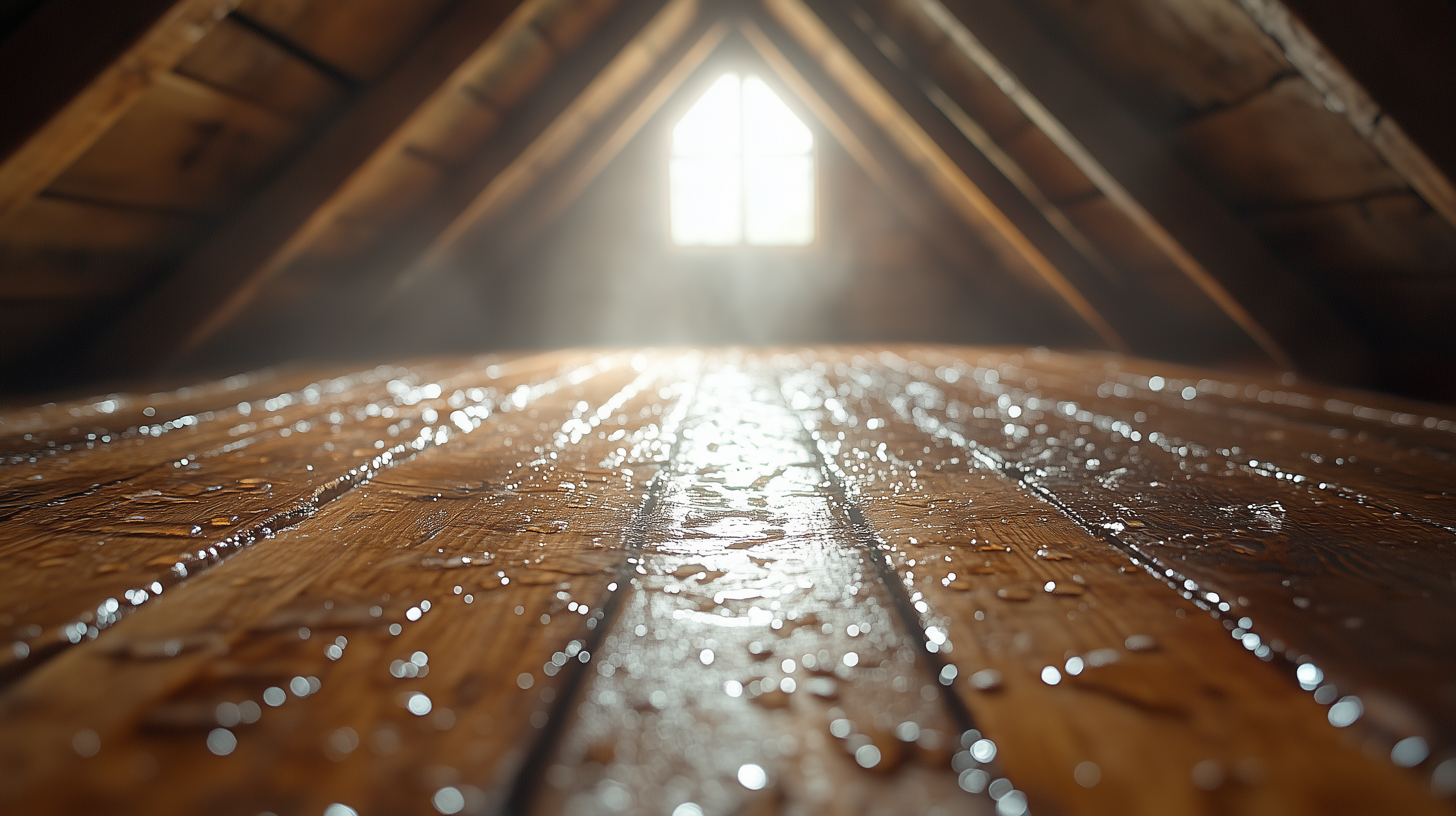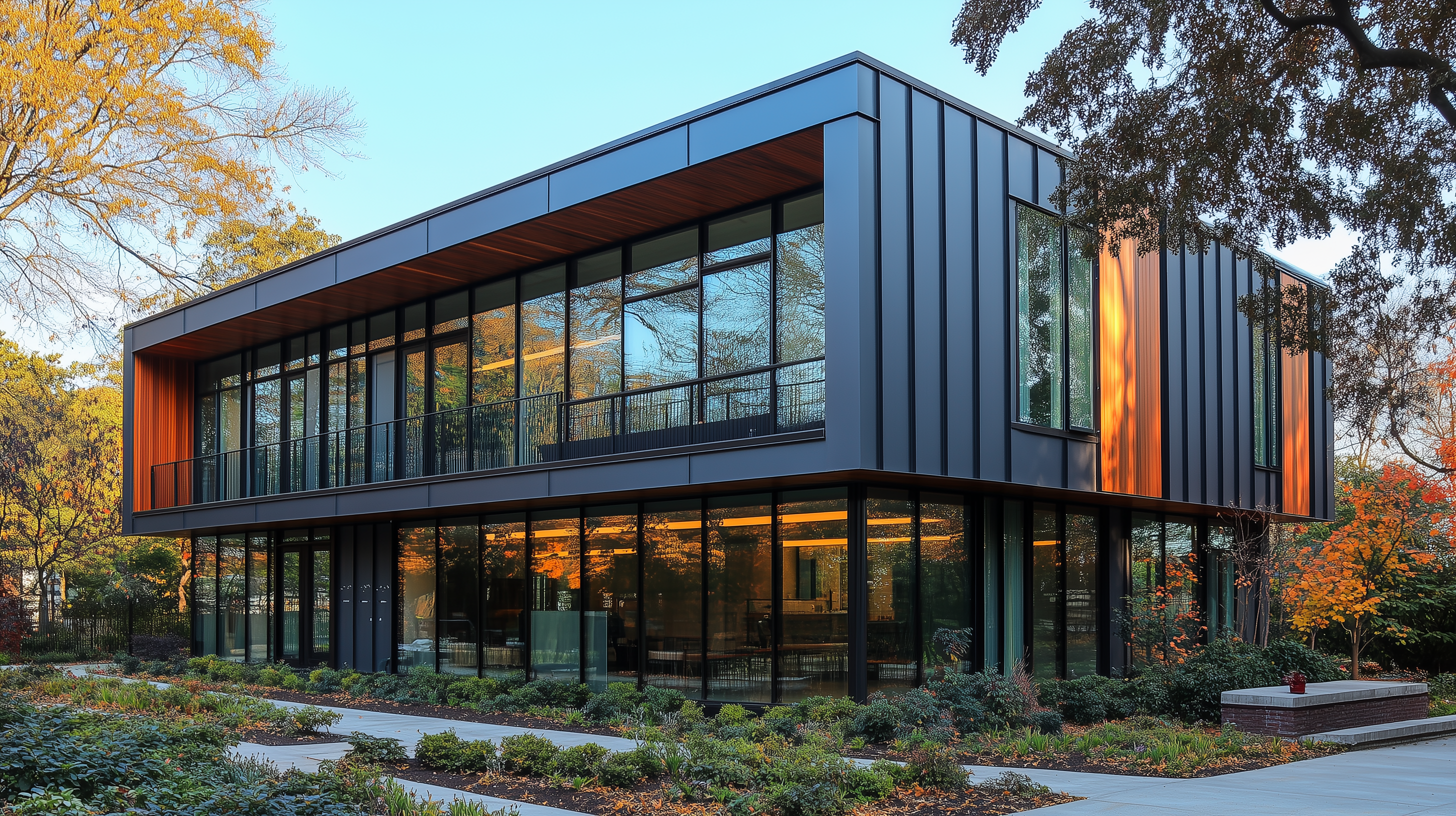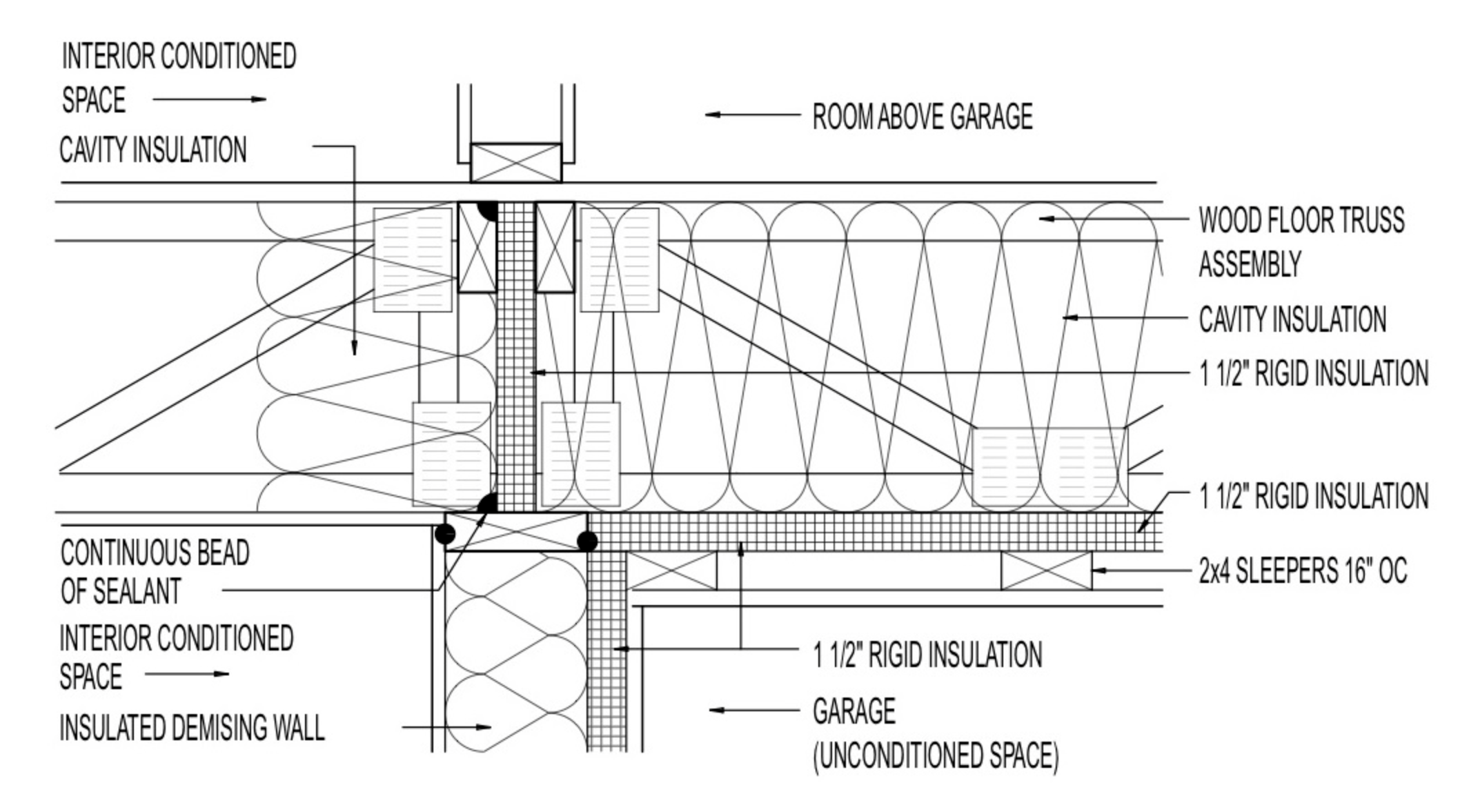Introduction
The restoration industry is one marked by unique challenges and responsibilities. Ensuring the highest quality of work is critical, and this is where industry standards come into play. The Painting Contractors Association (PCA) Standards serve as a set of guidelines designed to establish clear expectations for both service providers and consumers. By adhering to these standards, companies can better communicate their processes, reduce misunderstandings, and ultimately deliver superior service.
The Significance of PCA Standards
The PCA Standards are an invaluable resource for painting and decorating contractors. They provide a framework for best practices across various aspects of the trade. These standards not only contribute to achieving a high level of craftsmanship but also facilitate transparent and honest communication between contractors, inspectors, and customers.
PCA Standard Pl: Surface Painting Criteria
This standard lays down the criteria for determining a properly painted surface. It covers aspects like touch-ups, repairs, and allocates financial responsibility for such work.
PCA Standard P2: Inspections
For those responsible for conducting inspections of coatings application work, this standard outlines their qualifications, responsibilities, and procedures, including establishing “inspection hold points.”
PCA Standard P3: Project Cost and Time Estimations
This standard provides guidance on how variations in paint colors and types of finishes can affect the cost and time required to complete a project.
PCA Standard P4: Pre-Painting Inspections
This standard outlines who is responsible for inspecting and approving surfaces prior to their being painted or decorated.
PCA Standard P5: Benchmark Samples
This standard establishes procedures for the submission and approval of benchmark samples to determine achievable quality from specified preparation, paint, and coating systems.
PCA Standard P6: Wallcovering Installations
This standard sets criteria for accepting completed wallcovering installations and clarifies the responsibilities of involved parties.
PCA Standard P7: Order of Work
This standard specifies the order in which various parties should work on a construction project, particularly as it relates to painting and decorating.
PCA Standard P8: Maintenance and Repainting
This standard establishes the contracting entity’s responsibility for the maintenance of painted and coated surfaces.
PCA Standard P9: Terminology
This standard defines common terms used in the industry, thus minimizing confusion and promoting clearer communication.
PCA Standard P10: Surface Measurement
This standard prescribes a methodology for measuring surfaces for estimating and bidding painting and decorating work.
PCA Standard P11 to P25: Specialized Procedures
These standards cover various specialized procedures and responsibilities, ranging from the use of painter’s caulk to the documentation of extra work and the specification of stain and clear coating on new interior wood surfaces.
Conclusion
Compliance with PCA Standards is not just a recommendation; it’s a commitment to quality, transparency, and customer satisfaction. By following these guidelines, restoration contractors can ensure they meet or exceed industry expectations, thereby safeguarding their reputation and business interests.
For more personalized guidance, consult with painters and local building codes specific to your location. For immediate service or consultation, you may contact us at Allied Emergency Services, INC.
Contact Information:
- Phone: 1-800-792-0212
- Email: Info@AlliedEmergencyServices.com
- Location: Serving Illinois, Wisconsin, and Indiana with a focus on the greater Chicago area.
If you require immediate assistance or have specific questions, our human support is readily available to help you.
Disclaimer: This article is intended for informational purposes only. For professional advice, consult experts in the field










